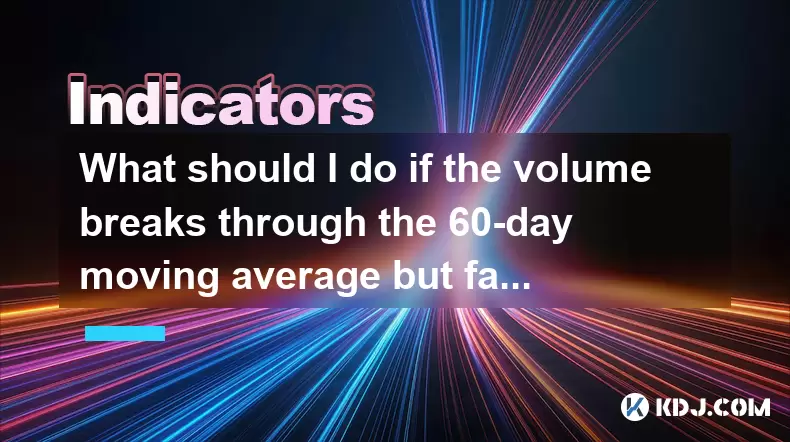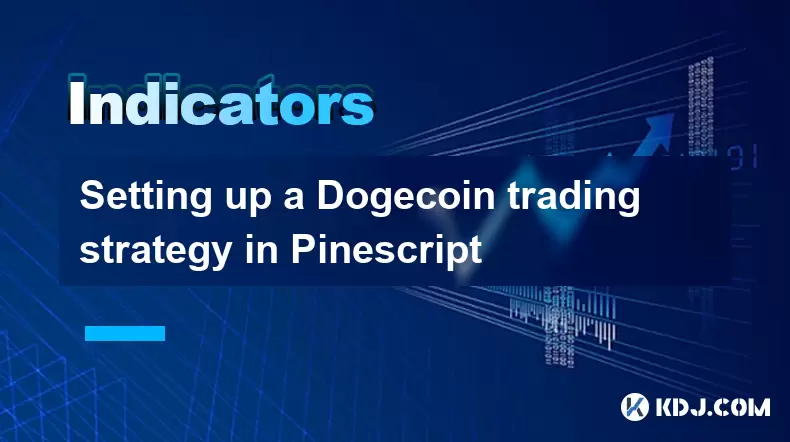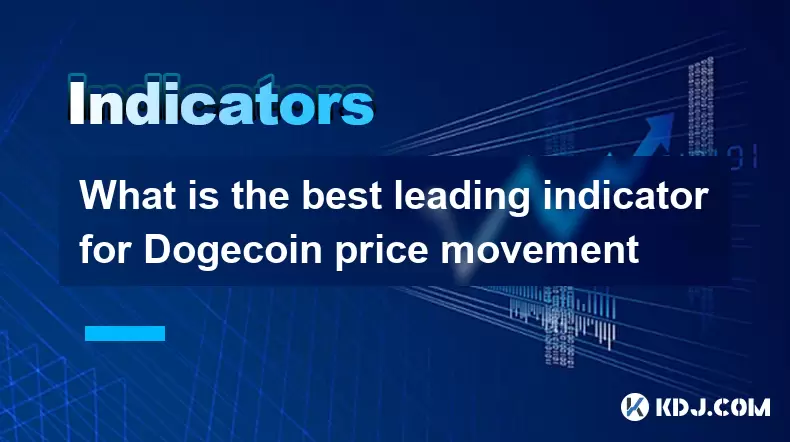-
 Bitcoin
Bitcoin $108,562.4295
0.46% -
 Ethereum
Ethereum $2,533.9553
1.52% -
 Tether USDt
Tether USDt $1.0002
-0.01% -
 XRP
XRP $2.2542
2.23% -
 BNB
BNB $662.4567
1.48% -
 Solana
Solana $151.4114
3.48% -
 USDC
USDC $0.9999
0.00% -
 TRON
TRON $0.2860
0.91% -
 Dogecoin
Dogecoin $0.1685
3.72% -
 Cardano
Cardano $0.5809
1.63% -
 Hyperliquid
Hyperliquid $39.2916
1.85% -
 Sui
Sui $2.8874
0.85% -
 Bitcoin Cash
Bitcoin Cash $496.5801
2.72% -
 Chainlink
Chainlink $13.3582
2.48% -
 UNUS SED LEO
UNUS SED LEO $9.0279
0.07% -
 Avalanche
Avalanche $18.0773
2.30% -
 Stellar
Stellar $0.2426
3.05% -
 Toncoin
Toncoin $2.9086
6.01% -
 Shiba Inu
Shiba Inu $0.0...01170
2.97% -
 Hedera
Hedera $0.1587
3.47% -
 Litecoin
Litecoin $87.4596
1.13% -
 Monero
Monero $317.0425
0.73% -
 Polkadot
Polkadot $3.3778
1.90% -
 Dai
Dai $0.9999
-0.01% -
 Ethena USDe
Ethena USDe $1.0001
-0.01% -
 Bitget Token
Bitget Token $4.4095
0.63% -
 Uniswap
Uniswap $7.3593
6.80% -
 Pepe
Pepe $0.0...09910
3.64% -
 Aave
Aave $274.7388
2.68% -
 Pi
Pi $0.4607
0.48%
What should I do if the volume breaks through the 60-day moving average but fails to stabilize?
When volume breaks above the 60-day moving average but fails to stabilize, it often signals weak momentum and a potential trend reversal in cryptocurrency markets.
Jul 01, 2025 at 06:42 pm

Understanding the 60-Day Moving Average in Cryptocurrency Trading
In cryptocurrency trading, technical indicators like the 60-day moving average play a crucial role in analyzing market trends. The moving average (MA) smooths out price data over a specific period, offering traders insights into whether an asset is trending upward or downward. When volume breaks through the 60-day moving average, it often signals strong buying or selling pressure. However, if this breakout fails to stabilize, it may suggest that the momentum behind the move is weak.
Traders must understand that volume is a key confirmation tool. A surge in volume can validate a price movement, while a drop typically indicates waning interest. In the crypto market, where volatility is high and sentiment shifts rapidly, interpreting these signals correctly is essential for making informed decisions.
Why Volume Matters More Than Price During Breakouts
When a cryptocurrency’s volume surges above its 60-day moving average, it suggests increased participation from market participants. This could be due to news events, institutional activity, or a shift in investor sentiment. However, if the volume fails to stabilize after breaking out, it raises concerns about the sustainability of the trend.
For example, suppose Bitcoin experiences a sudden spike in volume that pushes it above its 60-day MA, but within a few days, volume drops back below the average. This scenario indicates that the initial surge lacked follow-through. Traders should be cautious because such behavior often precedes a reversal or consolidation phase.
It’s important to analyze both volume and price together. Volume precedes price, meaning that significant changes in volume usually occur before corresponding price movements. If the volume doesn’t hold steady after a breakout, it might mean that the rally lacks conviction.
Steps to Take When Volume Fails to Stabilize After a Breakout
- Monitor price action closely: Watch how the price behaves after the volume spike. If the price continues to rise despite falling volume, it might indicate strength. Conversely, if the price stagnates or declines, it confirms weakness.
- Reassess your position: If you entered a trade based on the volume breakout, consider reducing exposure or tightening stop-loss orders. A failure to stabilize may signal an imminent pullback.
- Look for other confirming indicators: Use tools like RSI, MACD, or Bollinger Bands to confirm whether the asset is overbought or oversold. These indicators can help determine if the current trend has legs or is likely to reverse.
- Check for external factors: Sometimes, volume spikes are caused by temporary catalysts like announcements or regulatory updates. Once the noise fades, volume returns to normal levels. Understanding the cause behind the spike helps avoid false signals.
- Consider timeframes: Short-term traders may react differently than long-term investors. If the daily chart shows unstable volume, check the weekly chart to see if there's broader support or resistance levels influencing the trend.
These steps allow traders to make calculated decisions rather than reacting emotionally to short-lived spikes in volume.
Identifying False Volume Breakouts in Crypto Markets
False volume breakouts are common in cryptocurrency markets due to their speculative nature and susceptibility to manipulation. When volume temporarily exceeds the 60-day moving average but quickly retreats without supporting the price, it's often a sign of a false breakout.
This phenomenon can be attributed to several factors:
- Whale activity: Large holders may artificially inflate volume by placing large trades to lure retail investors.
- Exchange anomalies: Some exchanges report inaccurate or inflated volume figures, especially for lesser-known altcoins.
- Short-lived hype cycles: Memes, social media buzz, or influencer endorsements can drive sudden spikes in trading activity that don’t reflect real demand.
To filter out false signals, traders should cross-reference volume with on-chain metrics, order book depth, and open interest (for futures). Additionally, comparing volume across multiple exchanges can provide a clearer picture of genuine market participation.
How Institutional Activity Influences Volume Stability
Institutional investors often enter or exit positions gradually, which can result in sustained increases in volume. If the volume breaks through the 60-day moving average and stabilizes, it may indicate institutional accumulation or distribution.
However, when volume rises sharply and then collapses, it often reflects retail-driven speculation rather than professional money at work. Retail traders tend to act impulsively, causing exaggerated moves that quickly fizzle out.
To distinguish between institutional and retail-driven volume:
- Look for consistent inflows over multiple days instead of one-off spikes.
- Analyze derivatives markets—rising open interest alongside increasing spot volume may suggest institutional involvement.
- Track blockchain analytics tools that show whale transactions and large transfers.
By identifying the source of volume, traders can better assess whether a breakout has staying power or is merely noise in a volatile market.
Using Volume Patterns to Refine Your Trading Strategy
Volume patterns offer valuable clues about potential reversals or continuations. One such pattern is the "volume dry-up" during uptrends, where rising prices are accompanied by declining volume—a bearish warning sign.
Conversely, a bullish sign occurs when volume picks up after a prolonged downtrend, suggesting new buying interest. In both cases, the relationship between volume and price is critical.
If volume breaks above the 60-day moving average but fails to stabilize:
- Avoid entering new positions until volume confirms the trend again.
- Use dynamic support/resistance levels derived from moving averages to identify potential reversal zones.
- Adjust your strategy to include tighter risk parameters to protect against sudden swings.
Adapting your approach based on volume behavior allows for more disciplined trading and reduces the risk of being caught off guard by fakeouts or wash trades.
Frequently Asked Questions
What does it mean when volume drops below the 60-day moving average after a breakout?
A drop in volume after a breakout typically indicates a lack of interest or conviction among traders. It suggests that the initial surge was not supported by strong fundamentals or institutional backing, increasing the likelihood of a pullback.
Can volume alone predict price movements accurately?
No single indicator, including volume, can reliably predict price movements in isolation. Volume should always be used in conjunction with price action and other technical indicators to form a comprehensive view of market conditions.
Is it possible for volume to stabilize after initially failing to do so post-breakout?
Yes, sometimes volume may dip briefly after a breakout before regaining strength. Monitoring subsequent candles and checking for renewed interest over the next few days is crucial before making any conclusions.
Should I close my position immediately if volume fails to stabilize after a breakout?
Not necessarily. Evaluate the broader context, including market sentiment, macroeconomic factors, and other technical indicators. You may choose to reduce exposure gradually rather than exiting entirely.
Disclaimer:info@kdj.com
The information provided is not trading advice. kdj.com does not assume any responsibility for any investments made based on the information provided in this article. Cryptocurrencies are highly volatile and it is highly recommended that you invest with caution after thorough research!
If you believe that the content used on this website infringes your copyright, please contact us immediately (info@kdj.com) and we will delete it promptly.
- Litecoin Breakout Watch: What Traders Need to Know Now
- 2025-07-06 16:50:13
- Bitcoin, Solana, Ethereum: Decoding the Latest Buzz on the Blockchain
- 2025-07-06 16:50:13
- Widnes Resident's 50p Could Be Your Ticket to Easy Street: Rare Coin Mania!
- 2025-07-06 16:55:13
- Bitcoin, Solaris Presale, and Token Rewards: What's the Buzz?
- 2025-07-06 16:55:13
- Ethereum Under Pressure: Price Drop Amid Global Uncertainties
- 2025-07-06 17:00:13
- XRP, SEC Case, and Prosperity: A New Era for XRP Holders?
- 2025-07-06 17:10:13
Related knowledge

How to spot manipulation on the Dogecoin chart
Jul 06,2025 at 12:35pm
Understanding the Basics of Chart ManipulationChart manipulation in the cryptocurrency space, particularly with Dogecoin, refers to artificial price movements caused by coordinated trading activities rather than genuine market demand. These manipulations are often executed by large holders (commonly known as whales) or organized groups aiming to mislead...

What is the significance of a Dogecoin engulfing candle pattern
Jul 06,2025 at 06:36am
Understanding the Engulfing Candle Pattern in CryptocurrencyThe engulfing candle pattern is a significant technical analysis tool used by traders to identify potential trend reversals in financial markets, including cryptocurrencies like Dogecoin. This pattern typically consists of two candles: the first one is relatively small and indicates the current...

Dogecoin monthly chart analysis for long term investors
Jul 06,2025 at 10:08am
Understanding the Dogecoin Monthly ChartFor long-term investors, analyzing the monthly chart of Dogecoin (DOGE) provides a macro view of its price behavior over extended periods. The monthly chart captures major trends, key resistance and support levels, and potential reversal zones that are crucial for strategic investment planning. Unlike daily or hou...

How to manage risk using ATR on Dogecoin
Jul 06,2025 at 02:35am
Understanding ATR in Cryptocurrency TradingThe Average True Range (ATR) is a technical indicator used to measure market volatility. Originally developed for commodities, it has found widespread use in cryptocurrency trading due to the high volatility inherent in digital assets like Dogecoin (DOGE). The ATR calculates the average range of price movement ...

Setting up a Dogecoin trading strategy in Pinescript
Jul 06,2025 at 05:00pm
Understanding Dogecoin and Its Place in the Cryptocurrency MarketDogecoin (DOGE) is a decentralized, peer-to-peer cryptocurrency that was initially created as a joke but has since gained significant traction in the crypto market. Despite its humorous origins, Dogecoin has been adopted by a large community and supported by notable figures such as Elon Mu...

What is the best leading indicator for Dogecoin price movement
Jul 06,2025 at 06:00pm
Understanding Leading Indicators in CryptocurrencyIn the world of cryptocurrency trading, leading indicators play a crucial role in forecasting price movements before they occur. These tools are used by traders to anticipate potential market changes and make informed decisions. For Dogecoin (DOGE), which is known for its volatile nature and strong commu...

How to spot manipulation on the Dogecoin chart
Jul 06,2025 at 12:35pm
Understanding the Basics of Chart ManipulationChart manipulation in the cryptocurrency space, particularly with Dogecoin, refers to artificial price movements caused by coordinated trading activities rather than genuine market demand. These manipulations are often executed by large holders (commonly known as whales) or organized groups aiming to mislead...

What is the significance of a Dogecoin engulfing candle pattern
Jul 06,2025 at 06:36am
Understanding the Engulfing Candle Pattern in CryptocurrencyThe engulfing candle pattern is a significant technical analysis tool used by traders to identify potential trend reversals in financial markets, including cryptocurrencies like Dogecoin. This pattern typically consists of two candles: the first one is relatively small and indicates the current...

Dogecoin monthly chart analysis for long term investors
Jul 06,2025 at 10:08am
Understanding the Dogecoin Monthly ChartFor long-term investors, analyzing the monthly chart of Dogecoin (DOGE) provides a macro view of its price behavior over extended periods. The monthly chart captures major trends, key resistance and support levels, and potential reversal zones that are crucial for strategic investment planning. Unlike daily or hou...

How to manage risk using ATR on Dogecoin
Jul 06,2025 at 02:35am
Understanding ATR in Cryptocurrency TradingThe Average True Range (ATR) is a technical indicator used to measure market volatility. Originally developed for commodities, it has found widespread use in cryptocurrency trading due to the high volatility inherent in digital assets like Dogecoin (DOGE). The ATR calculates the average range of price movement ...

Setting up a Dogecoin trading strategy in Pinescript
Jul 06,2025 at 05:00pm
Understanding Dogecoin and Its Place in the Cryptocurrency MarketDogecoin (DOGE) is a decentralized, peer-to-peer cryptocurrency that was initially created as a joke but has since gained significant traction in the crypto market. Despite its humorous origins, Dogecoin has been adopted by a large community and supported by notable figures such as Elon Mu...

What is the best leading indicator for Dogecoin price movement
Jul 06,2025 at 06:00pm
Understanding Leading Indicators in CryptocurrencyIn the world of cryptocurrency trading, leading indicators play a crucial role in forecasting price movements before they occur. These tools are used by traders to anticipate potential market changes and make informed decisions. For Dogecoin (DOGE), which is known for its volatile nature and strong commu...
See all articles

























































































